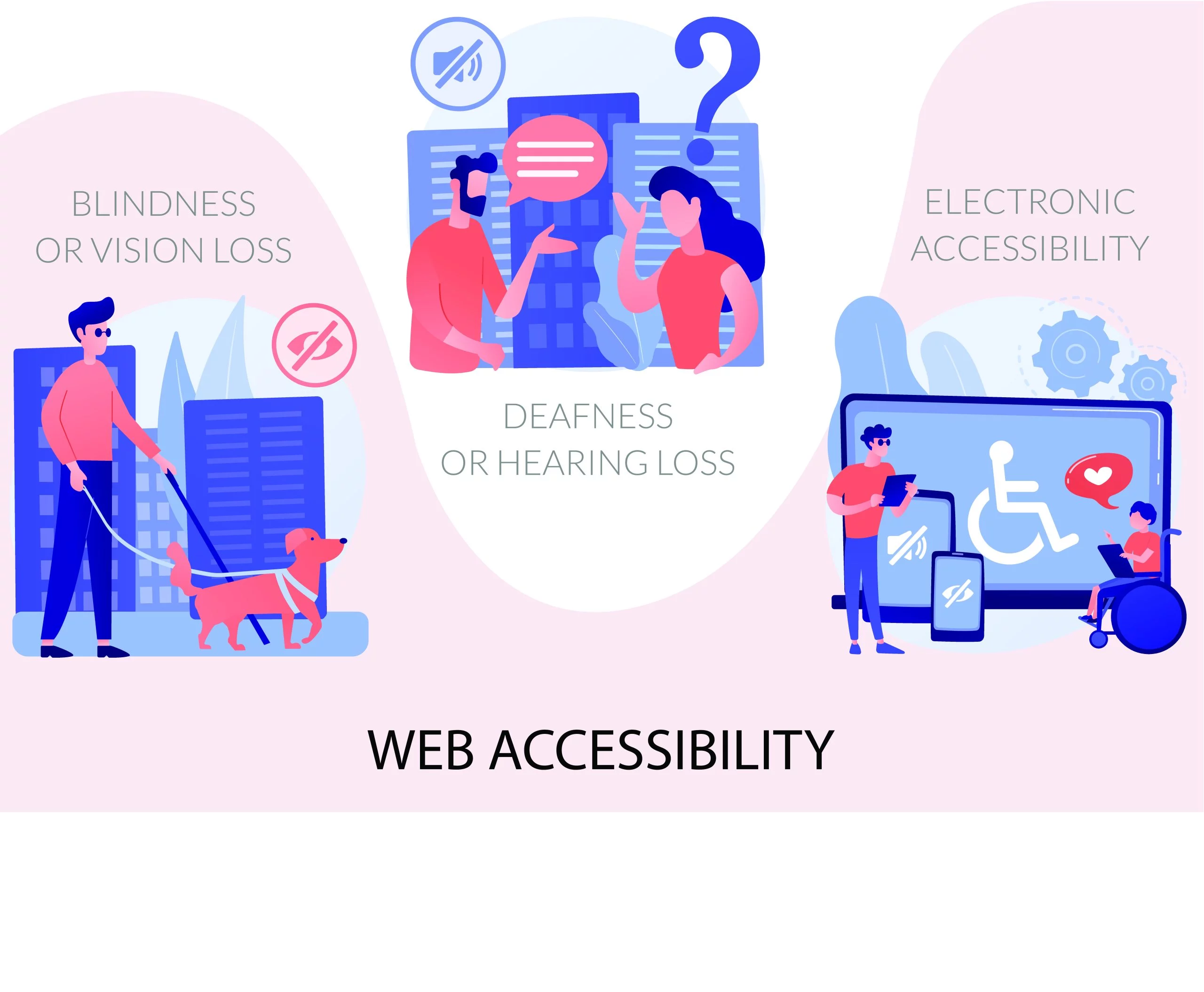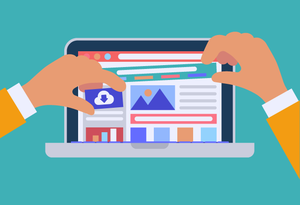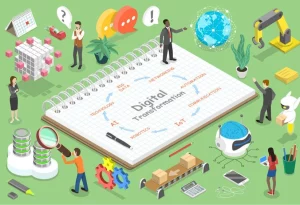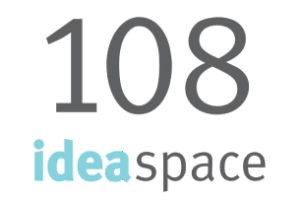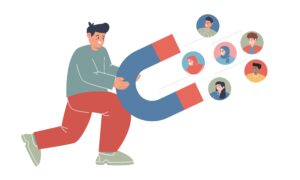Is your website accessible? Having a truly accessible website means that anyone can find the information they need in a format that they can use – regardless of their abilities. Both federal and provincial laws must be considered, as well as how different disabilities can impact a website user’s experience. Wondering where to get started? In this article, we review the benefits of accessible websites and share best practices to make your website more inclusive for all users.
4 Benefits of Accessible Websites
Making your website accessible for people with disabilities is an important part of building a more inclusive society. Here are our top 4 reasons to make your website accessible:
#1: Accessible websites are more user-friendly for everyone. The same functionality and aesthetic features that make websites accessible for people with disabilities, also make them easier to use and more attractive to all users. As they say, a rising tide lifts all boats.
#2: Accessible websites often rank higher in search results. That’s because accessible websites are more likely to be picked up and correctly interpreted by search engines like Google.
#3: Accessible websites are the law in some jurisdictions. Accessible websites are no longer optional. Check the laws in your area to learn which pieces of legislation you need to take into account. For example, companies in Ontario, Canada must comply with the Accessibility for Ontarians with Disabilities Act.
#4: Accessible websites reach a wider audience. Over 6 million Canadians over the age of 15 have a disability. In addition to advancing accessibility for people with disabilities, an accessible website means you can tap into a broader market. That means providing more inclusive, online experiences to a greater number of people.
6 Ways to Create More Inclusive Online Experiences
According to the WC3 Web Content Accessibility Guidelines (WCAG 2.0), accessible websites must be perceivable, operable, understandable and robust. What does this look like? Here are our favorite ways to boost website accessibility.
#1: Make your website content available in different formats. There should never be just one way to get information from your website. For every format, offer alternatives for maximum accessibility. Make text content available as audio, have text transcriptions and closed captioning available for video and audio, and use large fonts and high contrast colors.
#2: Make your website responsive and compatible with assistive technologies. People that use assistive technologies (such as screen readers and Braille displays) won’t be able to browse your website unless your content can be picked up by these technologies. Let’s say you have a blog post with an image featuring key data. Adding alt tags (text descriptions of images that appear on your website) allows screen readers to verbally describe the image to the user. But without them, some users will miss out on the data entirely.
#3: Provide clear, concise, website navigation instructions. Making your website accessible won’t matter if users don’t understand how to navigate your site. Include instructions that are short and easy to understand on how to use your website’s navigation and features – especially when offering alternative formats.
#4: Test your website for accessibility. Not sure if your website is accessible? Test it out! Consider a wide variety of disabilities, and try to navigate your website accordingly. Can you easily view all types of content, such as audio, video and text? Can your images be described in audio to users? Disability-related groups often offer web accessibility tips, like the CNIB’s Clear Print Accessibility Guidelines, or the Canadian Hard of Hearing Association’s web accessibility tips.
#5: Encourage feedback from users with disabilities. Testing your website yourself is a great place to start. But ultimately, the best users to comment on the accessibility of your website are people with disabilities. If you’re just getting started with website accessibility, why not ask your members or clients to let you know what should be changed? And after you implement accessibility measures, ask them to browse your website again and comment. This process will ensure continuous improvement in your website’s accessibility, informed by those who are most impacted.
#6: Consult a web accessibility expert. If this all sounds like a bit much, you’re not alone. While some aspects of accessibility don’t require in-depth technical knowledge, other aspects can be tricky to assess and implement for those who aren’t technically inclined. And, requirements do change. For example, the next WCAG update (version 2.2) is coming in Fall 2022. Many companies hire an external expert to be 100% sure that their websites comply (and stay compliant) with the relevant legislation. At 108 ideaspace, we perform accessibility checks for all the websites that we build. We also help associations and nonprofits comply with accessibility-related legislation such as the AODA in Ontario.
With accessible websites, everyone wins. People with disabilities can get the information they need, in formats they can use. People without disabilities also benefit from the improved functionality, features and aesthetic. Associations and nonprofits can reach a wider audience, and better serve their members and clients.
Still not sure where to start? Get in touch and tell us about your website accessibility goals. We’ll make sure that your website complies with the AODA (or legislation in your jurisdiction), engages your audience, and looks great doing it.

